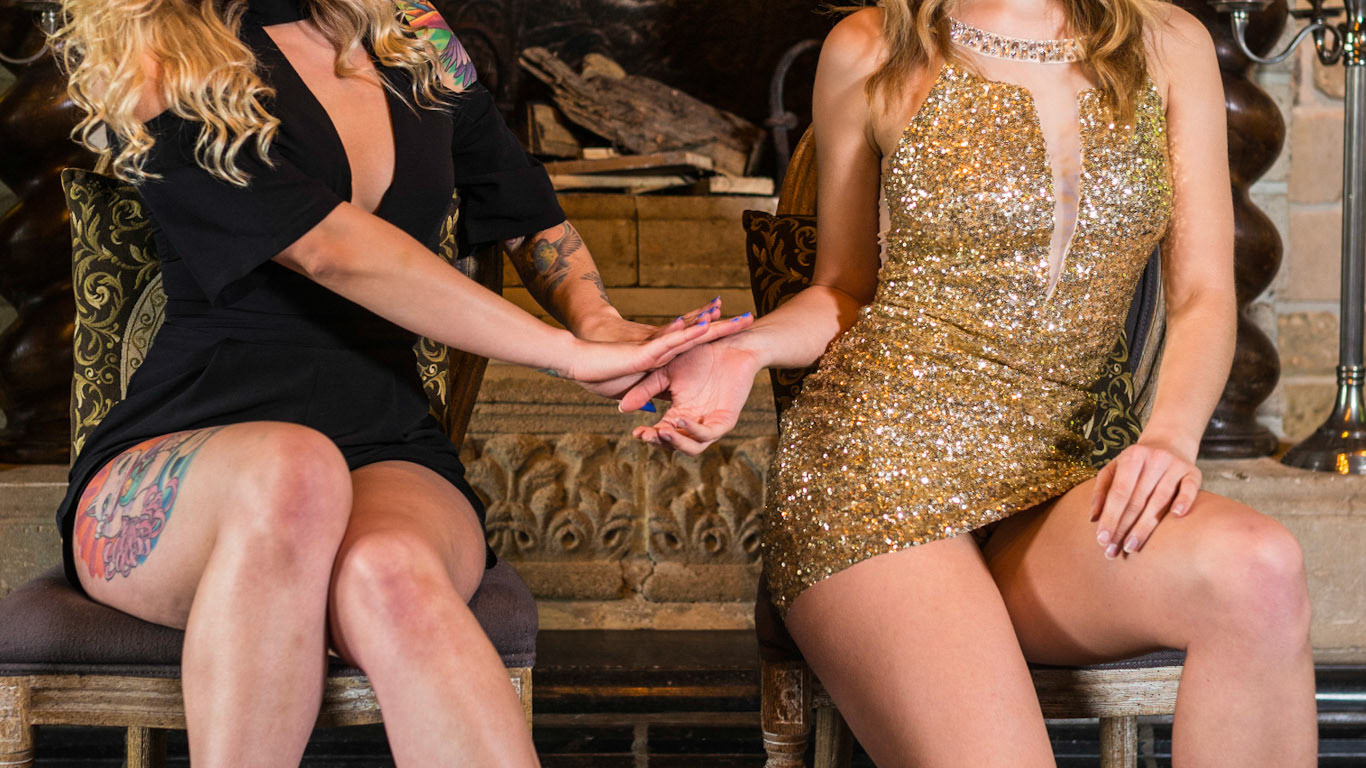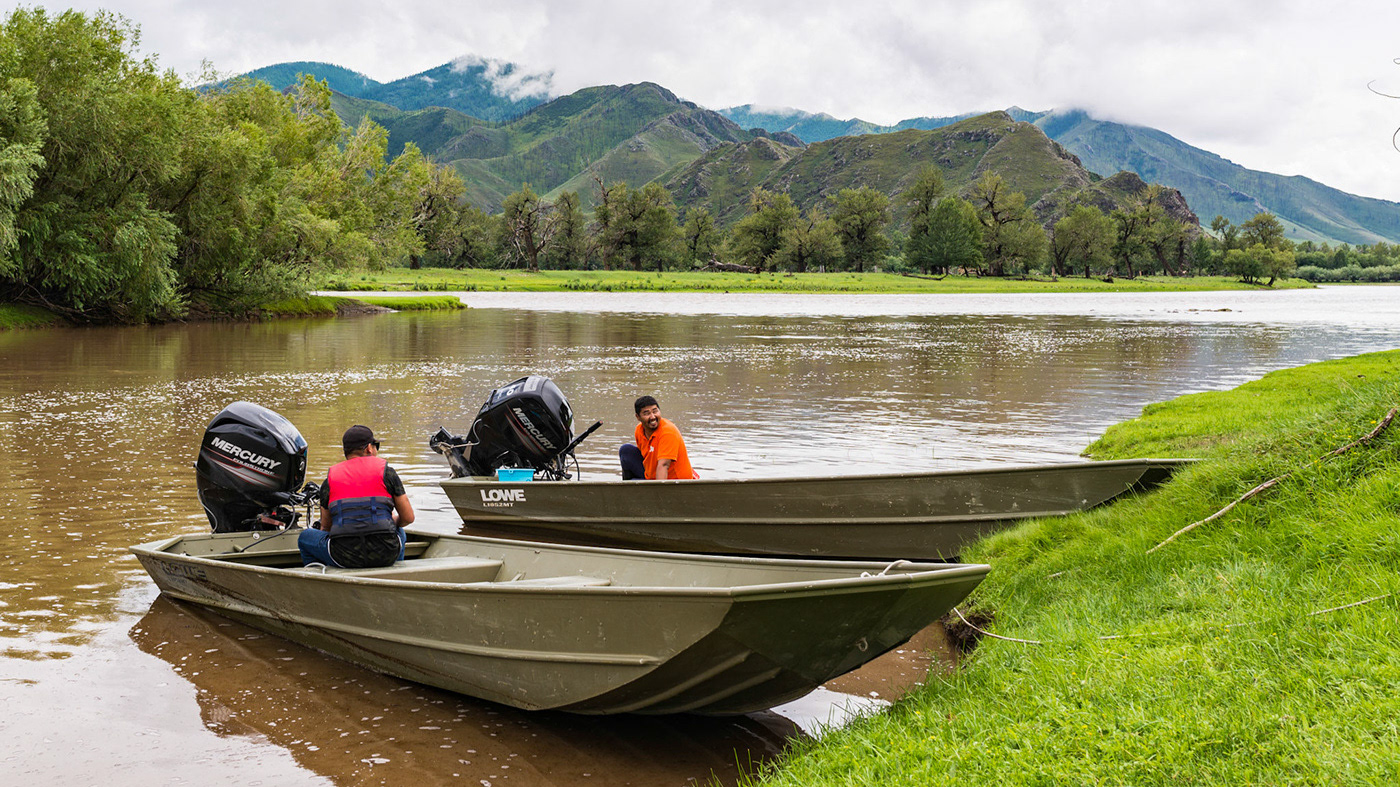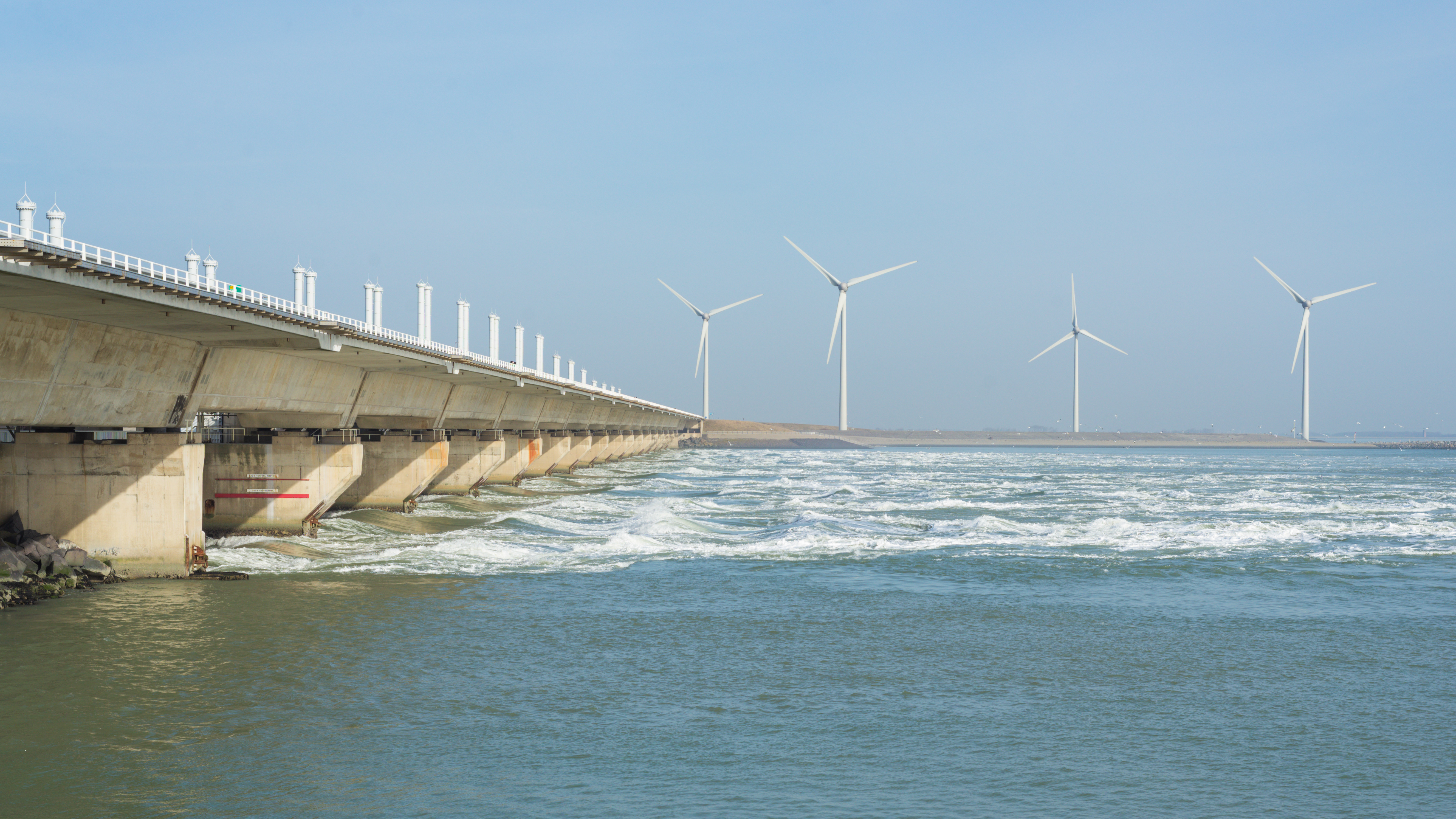Brick making is an important industry in Kathmandu, the capital city of Nepal. It has a long history dating back to ancient times and continues to be an essential part of the city's economy and infrastructure.
The process of brick making in Kathmandu involves several stages, including the selection of suitable soil, mixing it with water and additives, molding the bricks into shape, and firing them in kilns to harden them. The soil used for brick making in Kathmandu is typically sourced from the nearby riverbanks or excavations, and it is mixed with rice husks or straw to improve its strength and durability.
Brick making in Kathmandu is still largely a manual and labor-intensive process, with many small-scale brick kilns scattered throughout the city. The industry provides employment for thousands of workers, particularly in the surrounding rural areas, where many of the brick kilns are located.
Despite its economic importance, brick making in Kathmandu has also been associated with several environmental and health concerns, including air pollution, deforestation, and occupational health hazards. The Nepalese government and non-governmental organizations are working to address these issues through the promotion of sustainable brick making practices and the implementation of environmental regulations.
Overall, brick making is a vital industry in Kathmandu, providing essential building materials for the city's infrastructure and supporting the livelihoods of many Nepalese people.
Photography: Walter Somers
in collaboration with High Asia Tours
Special thanks to my guide Rashmila Ji









